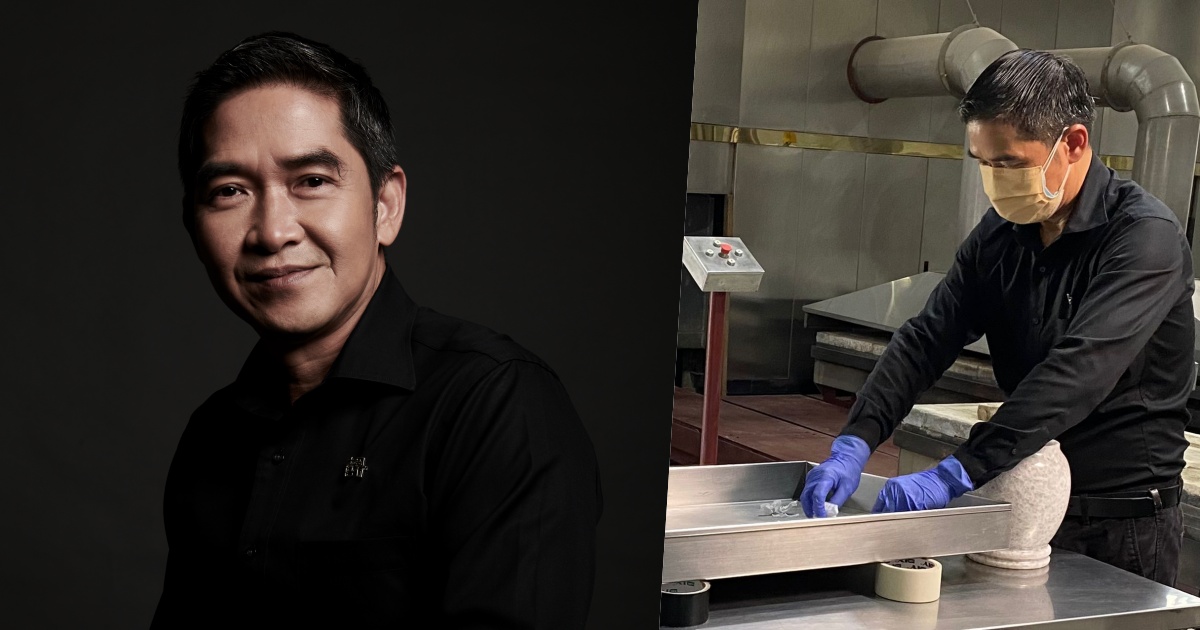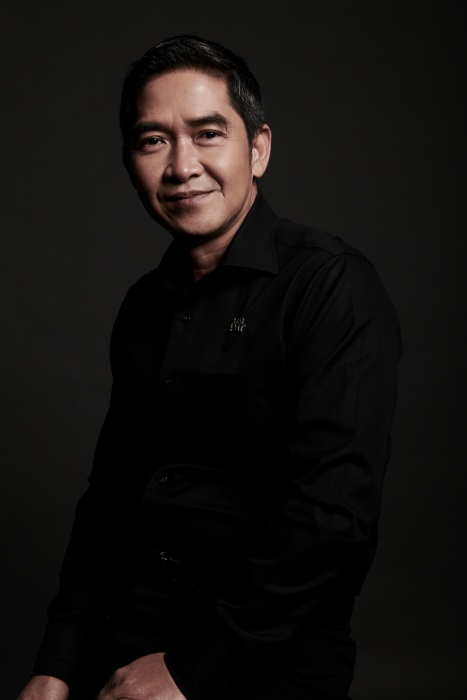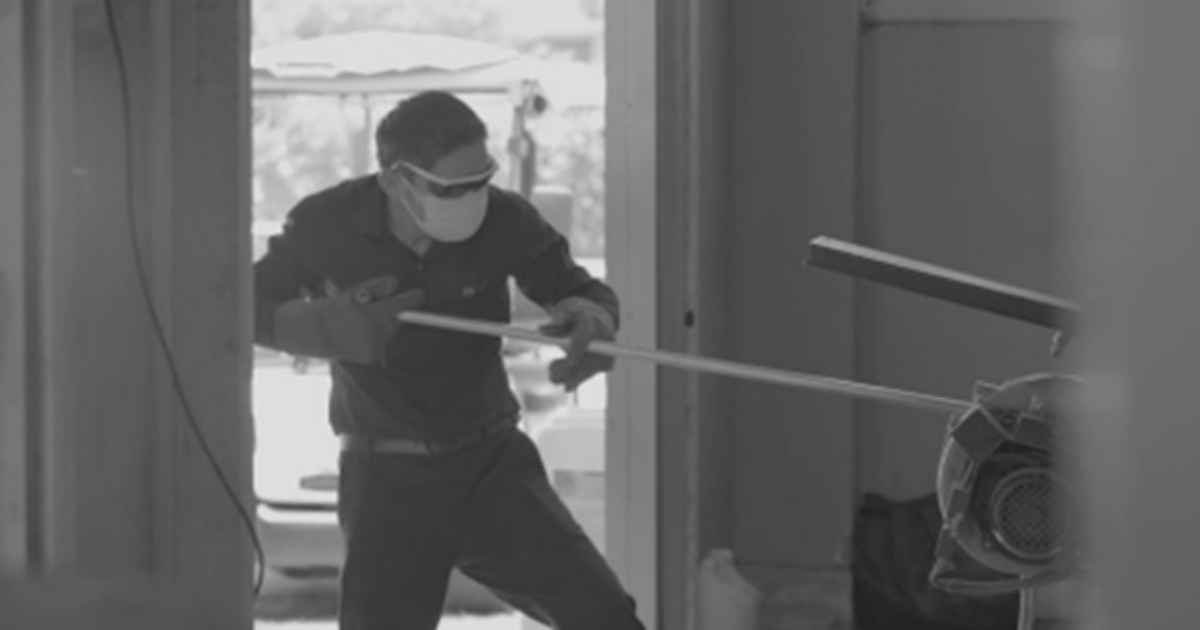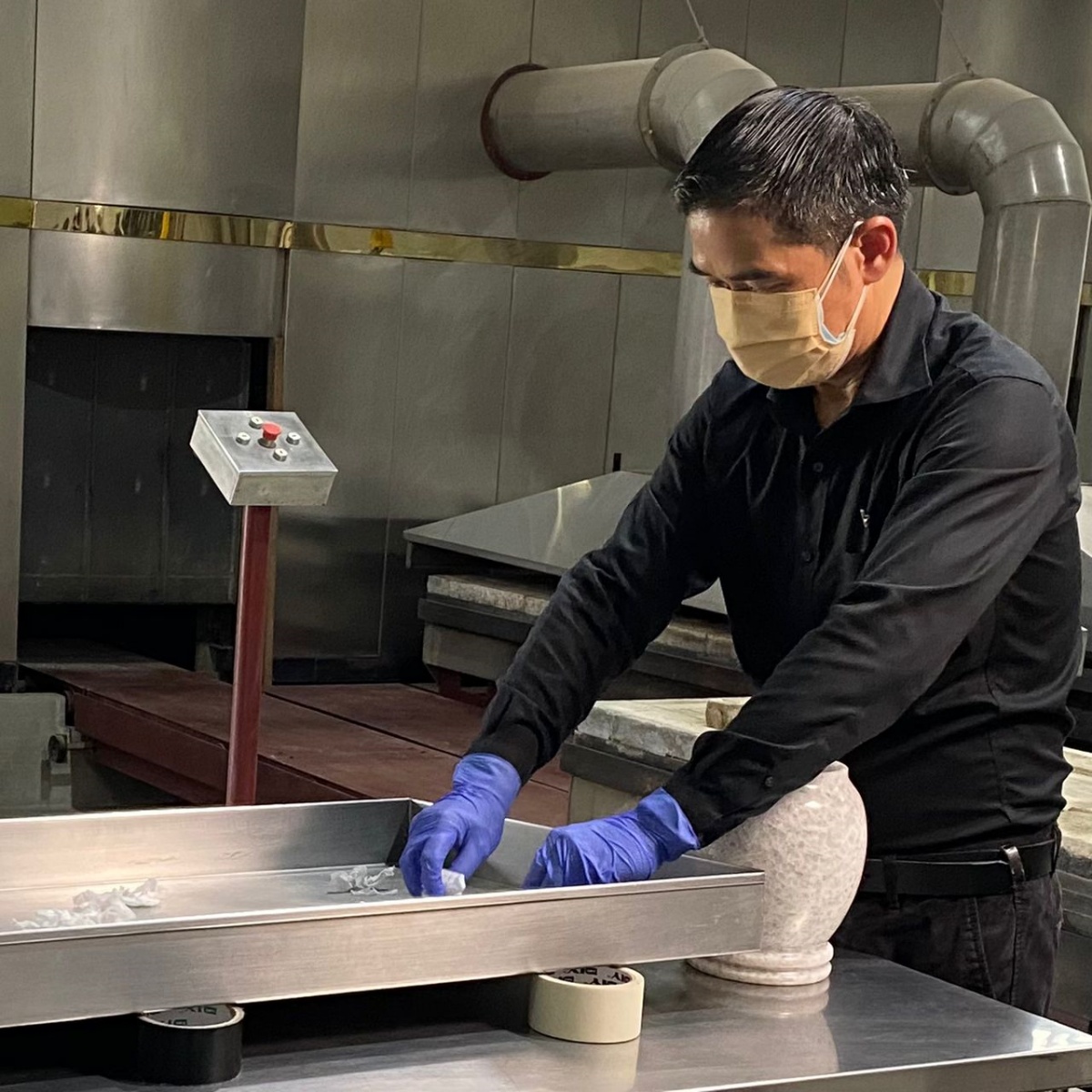
Watching a departed relative being sent to the crematorium and turned into ashes is truly heart-wrenching, but they have not disappeared. Cremation Specialist Nelson Lai believes that even if the body is reduced to ashes, the soul of the departed remain in the hearts of the living. “Park Operation” is the last step in the funeral process, where Nelson wholeheartedly fulfils the entrusted tasks of the family, escorting the departed to complete the final journey.
Twelve years ago, Nelson Lai, who was working in the funeral industry, heard that Xiao En was going to establish a crematorium, and immediately volunteered to switch roles. Why did he want to become a cremation specialist? He jokingly replies, “Because I thought it was just about pressing the cremation button.” In reality, he wanted to challenge himself and see how far he could go in the funeral business.

“Just make a trip to the crematorium, and you will suddenly realize that in life, there is actually nothing that cannot be let go of or seen through.” (Image source: Xiao En)
Of course, being a cremation specialist is not just about pressing the cremation button. During the cremation process, precise temperature control is required, constantly switching between “dry” and “wet” conditions, from handling the body, scheduling, placing it in the furnace, monitoring the furnace pressure, collecting the ashes, cleaning the kiln bed, to preparing the skull for the final rest of the departed, placing it in the urn, etc. This process requires skilled technical expertise.
When asked about his secrets, Nelson calmly replied, “It’s all about experience. I learned by doing at the beginning, and as I did more, I developed my own methods.”
Outwardly his tone is calm, but it is obvious that speaking about his first time carrying out cremation work carries an undertone of emotion, since it involves the passing of a life of someone else’s relative. When he completed the cremation inspection and found the ashes burnt completely without impurities, he finally felt relieved and found a sense of accomplishment in this work.
Working in high temperatures for extended periods, gloves are insufficient to protect against the intense heat.
I believe that most ordinary people have seen scenes of scattering ashes at sea while watching TV dramas, leading us to believe that the ashes after cremation are powdery, but this is not always the case.
Nelson shared that whether the ashes after cremation are burned “beautifully” depends on the skills of the cremation specialist. To him, “beautifully” burned ashes are granular in shape, have some weight, and will not easily scatter in the air with a gust of wind.
“Before sealing the coffin, do not put too many burial items, otherwise, during the cremation process, the different materials of various burial items will become impurities sticking to the bones after being burned by the fire, resulting in the ashes not being ‘beautiful’.”
He described the process at the crematorium, where after the hearse brings the body to the funeral hall, following a chanting ritual of about 15 to 20 minutes, he would advise the family and the departed to “rest in peace,” before placing the body into the cremation furnace.
“The typical duration of a cremation is usually between 60 to 90 minutes, depending on the size of the departed. Throughout my career, the longest cremation I have experienced lasted a staggering 150 minutes.”
 Even with protective gear and gloves on, one cannot withstand the scorching temperature. (Image source: Xiao En)
Even with protective gear and gloves on, one cannot withstand the scorching temperature. (Image source: Xiao En)
Working for an extended period in high temperatures during cremation, even with gloves on, is a difficult endeavour as it involves withstanding the scorching heat. Not everyone possesses this endurance.
After the cremation process is largely completed, Nelson will put on protective clothing and gloves, pick up the bones and arrange them neatly in a bowl. When the family members come to collect the bones, he will instruct them on how to use chopsticks to pick up the bones, what to say at the moment of picking up the bones, and other details as part of the final ritual. 
After the cremation process is largely completed, Nelson will proceed to gather the bones and then place them into an urn.
(Image source: Xiao En)
Even if the body turns to ashes, the soul will always remain in the heart.
Nelson Lai is calm and reserved, speaking little. Perhaps this composure comes from witnessing every life passing away and turning into ashes over the years. As he puts it, “When you are unhappy because of petty conflicts, you should visit the crematorium, see those ashes and ponder what else can’t you let go of or see through?”
The door of the crematorium’s memorial hall is often where relatives cry their hearts out, unwilling to believe that this is where they will be forever separated from the departed. He can truly empathise with the pain of bereaved families, as he once personally helped cremate his own elder brother. If given the choice again, his decision would remain unchanged.
“The body is sent into the cremator, but his soul will stay in my heart. Here at the crematorium, everyone is equal. I do every cremation work with dedication, always.”
* Original article first appeared in 访问 The Interview . [ Click Here ]
Copyright Statement This article and video is original content created by Xiao En website, to whom the copyright belongs to. The content should not be reproduced without permission, otherwise it will be regarded as infringement. Xiao En reserves the right to pursue legal action against unauthorised use of the content.


